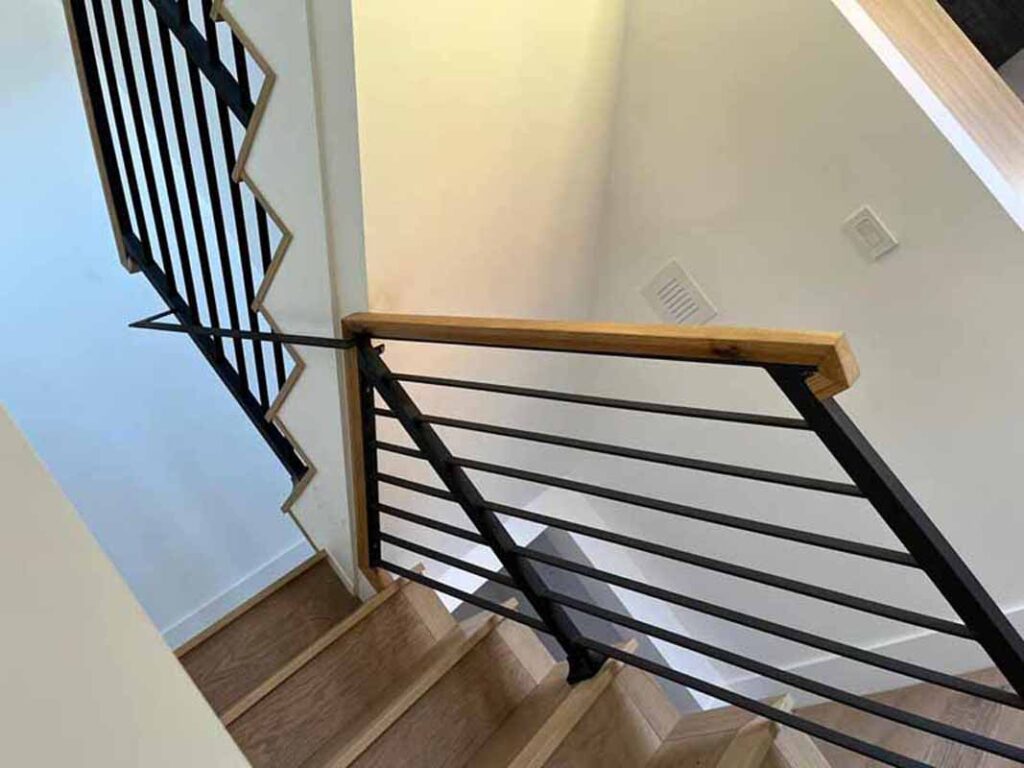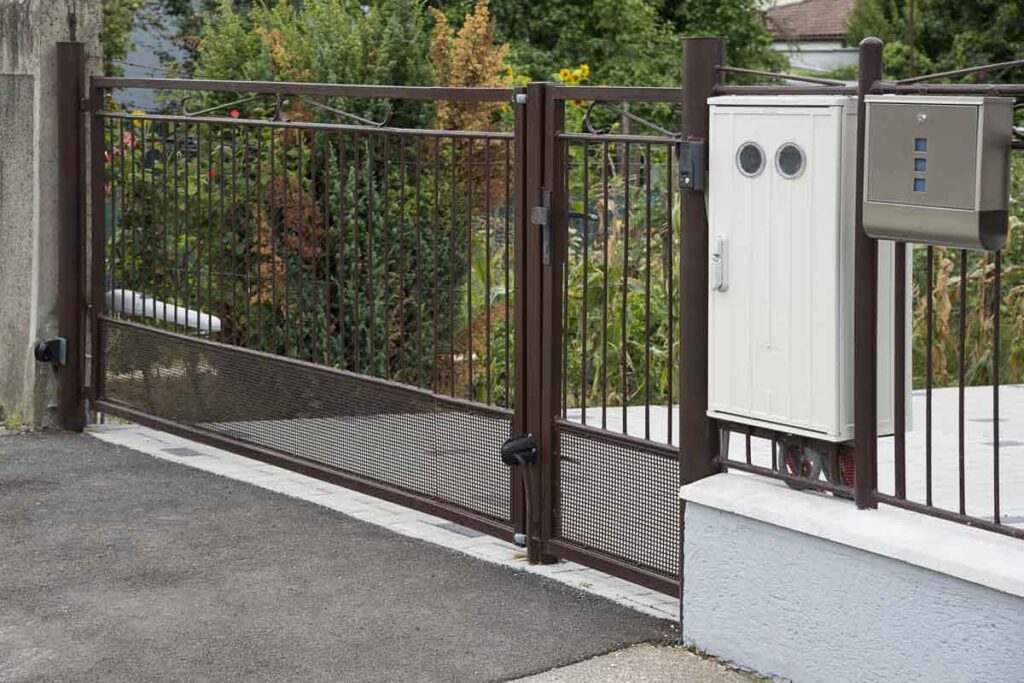The craft of railing design is much more than shaping metal, wood, or glass into a boundary. A trusted railing expert knows that every project requires a careful balance of utility and beauty. A railing must keep people safe, withstand constant use, and simultaneously add to the architectural character of a property. This blending of structural integrity and artistic value is where expertise makes the greatest impact.
The Dual Role of Railings: Safety and Style
Railings are practical first. They provide protection, prevent falls, and define spaces. Yet, they are also highly visible features. Whether in homes, commercial properties, or outdoor landscapes, they frame staircases, balconies, and terraces. Poorly designed railings may fulfill safety standards but compromise the overall design vision. Well-designed railings, however, contribute to the ambiance of a space.
A railing expert approaches design with both these elements in mind:
- Strength and reliability: Materials must withstand pressure, weather, and wear.
- Visual identity: Styles, finishes, and patterns must reflect the surrounding architecture.
- Longevity: Both function and aesthetics should remain intact for years.
Function: The Foundation of Every Railing
Without proper functionality, railings fail their primary purpose. Every structural decision—height, spacing, attachment points, and load-bearing capacity—is made with safety as the first concern. Building codes dictate minimum standards, but an expert ensures railings go beyond compliance.
Key aspects of railing functionality include:
- Durability: Materials must endure the conditions of the space. For outdoor railings, rust resistance, rot, and fading are essential.
- Stability: Secure anchoring prevents wobbling and potential hazards.
- Accessibility: Railings must accommodate people of all ages, ensuring comfort and grip.
This functional foundation allows aesthetics to flourish without compromise.
Aesthetics: Elevating the Space
Once safety is established, the railing becomes a canvas for design. Aesthetic choices reflect personality and architectural style. Clean lines may suit modern minimalism, while intricate ironwork complements traditional or ornate settings.
Some aesthetic considerations include:
- Material selection: Metal, wood, glass, or mixed materials each create a unique visual effect.
- Finishes: Matte black, brushed steel, or natural wood stains alter the mood of the space.
- Design details: Scrolls, geometric patterns, or frameless transparency all add character.
The artistry of railings lies in creating beauty without diminishing strength.
The Balance Between Strength and Design
Achieving harmony requires deep knowledge of both engineering and design. A railing must never look bulky because of safety measures, nor should it appear delicate at the cost of strength. Experts find subtle ways to combine the two.
Examples of balance include:
- Using tempered glass for transparency while maintaining strong anchoring systems.
- Applying powder coatings to iron railings protects against corrosion and provides a sleek look.
- Choosing slim yet reinforced metal bars that look elegant but handle high loads.
This blend ensures that every railing serves both functional and aesthetic purposes equally.
Material Choices: Where Function Meets Style
Materials are at the core of railing design. Each choice carries functional strengths and aesthetic possibilities.
- Wrought Iron: Known for durability and ornate potential, ideal for traditional designs.
- Stainless Steel: Strong, modern, and resistant to rust, fitting contemporary spaces.
- Glass: Offers openness and light flow while requiring precise installation for strength.
- Wood: Brings warmth and natural beauty but needs protection against the elements.
- Mixed Materials: Combining glass with steel or wood with iron creates striking contrasts.
Experts select materials not just for their appearance but for their compatibility with the environment and intended use.
Outdoor vs. Indoor Railings
The purpose of a railing changes with its environment. Outdoor railings face weather challenges, while indoor railings focus more on design integration.
- Outdoor Railings: Must handle rain, sun, and temperature changes. Protective coatings and weather-resistant materials are crucial.
- Indoor Railings: Can embrace delicate designs, softer finishes, and intricate detailing without exposure risks.
The trusted railing expert adjusts strategies depending on location, ensuring durability and aesthetic harmony.
Customization: Tailoring to Architectural Vision
Every property has its unique character. Experts understand that railings cannot be one-size-fits-all. Custom designs reflect individuality while respecting architectural integrity.
Examples of customization include:
- A curved staircase with railings that follow its sweep gracefully.
- A balcony with transparent glass to maximize views.
- Ornamental iron railings with patterns that mirror interior motifs.
Personalization transforms railings into more than functional barriers—they become design statements.
Trends in Railing Design
Railing aesthetics evolve with architecture. While trends shift, experts adapt techniques to merge timeless principles with contemporary desires.
Some current design preferences include:
- Minimalist styles: Slim metal frames with clean lines.
- Transparency: Glass railings that keep spaces open.
- Mixed textures: Combining natural wood with sleek steel.
- Dark finishes: Matte black railings for bold statements.
- Integrated lighting: Subtle illumination built into railing structures.
These choices demonstrate how railing experts enhance spaces without overwhelming them.
Challenges in Balancing Function and Aesthetics
The merging of safety and beauty often presents challenges:
- Weight vs. delicacy: A railing must appear light but remain strong.
- Maintenance needs: Some finishes look stunning but require regular care.
- Budget constraints: Quality materials and intricate designs must align with financial limits.
- Code compliance: Creative aesthetics cannot compromise building regulations.
Experts overcome these challenges with innovative solutions, ensuring nothing is sacrificed.
The Role of Craftsmanship
Technology has advanced railing fabrication, but craftsmanship remains essential. Hand-forged details, seamless welds, and smooth finishes elevate railings from functional pieces to works of art. Craftsmanship ensures precision in safety measures and refinement in appearance.
Collaboration Between Designers and Installers
The process involves collaboration. Architects envision, designers refine, and installers bring concepts to reality. A trusted railing expert often serves as the link, ensuring all elements align. Communication at every stage guarantees the railing achieves its dual purpose effectively.
Longevity and Maintenance
A railing should remain functional and beautiful for decades. Experts consider maintenance during design. Powder-coated finishes resist corrosion, stainless steel remains polished, and hardwoods are sealed for protection. By anticipating future needs, experts ensure railings remain assets rather than burdens.
Sustainability in Railing Design
Modern railing solutions increasingly factor in sustainability. Eco-friendly coatings, recycled metals, and responsibly sourced wood offer strength without environmental compromise. Sustainable design aligns function, beauty, and responsibility.
The Emotional Dimension of Railings
Beyond safety and visual appeal, railings impact how people experience a space. A balcony railing that frames a skyline or a staircase railing that feels comfortable to the hand influences emotional connection. Subtle details make spaces more inviting and memorable.
Key Elements Experts Focus On
Experts consistently prioritize specific elements when balancing function and aesthetics:
- Safety compliance
- Material strength
- Visual harmony with architecture
- Comfort in use
- Resistance to environmental conditions
- Long-term durability
Each factor ensures the railing’s role extends beyond practicality into artistry.
Why Choose Iron Men Gates?
When selecting railings that blend security with elegance, choosing the right partner makes all the difference. Iron Men Gates specializes in creating railings that unify strength and beauty. Every project is approached with precision, attention to architectural detail, and a commitment to lasting quality. With a focus on tailored solutions, Iron Men Gates ensures your railing becomes a feature that elevates both safety and design.



